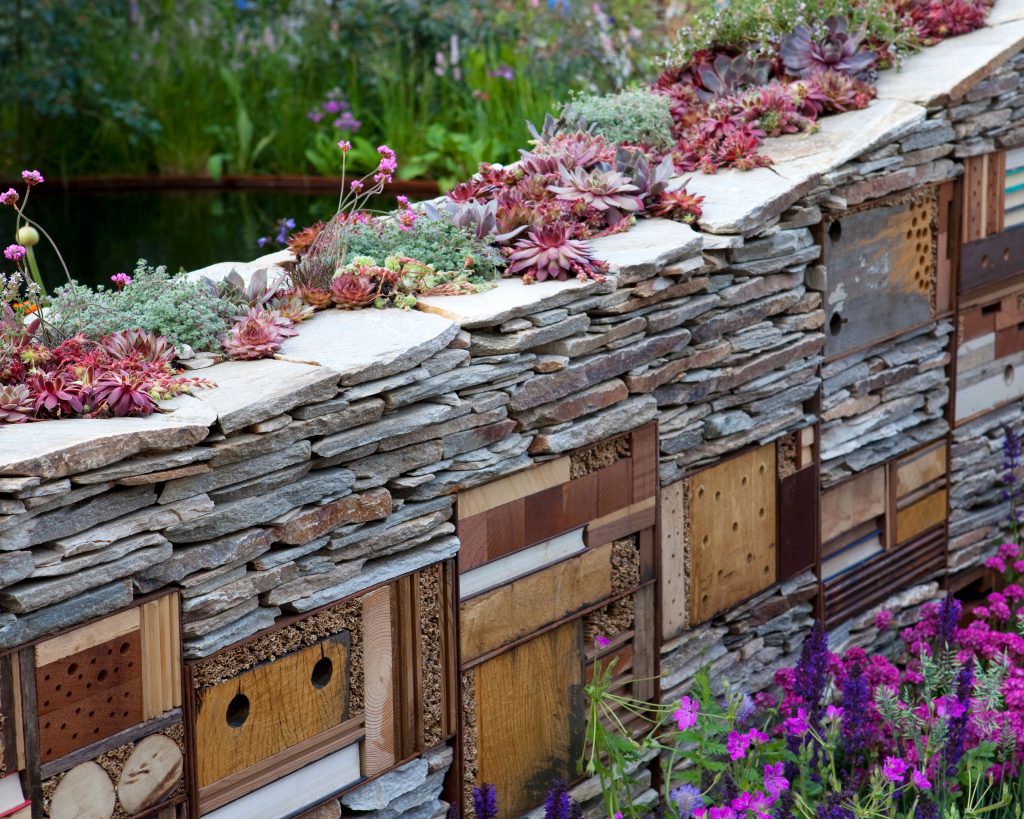No-dig gardening is becoming increasingly popular among gardeners for its numerous benefits to both the environment and the gardener themselves. This method of gardening involves creating a garden without disturbing the soil by digging it up. Instead, layers of organic matter are added on top of the soil to create a healthy and thriving garden. In this article, we will discuss the steps on how to start a no-dig garden and the benefits associated with this method.
Benefits of No-Dig Gardening
Before we delve into the steps of starting a no-dig garden, it is important to understand the benefits associated with this method. No-dig gardening has numerous advantages over traditional gardening techniques, including:
1. Improved soil structure: By not disturbing the soil, the soil structure is left intact, allowing for better water retention, aeration, and drainage. This results in healthier plants with stronger root systems.
2. Reduced weed growth: Traditional gardening often involves digging up the soil, which can expose weed seeds to sunlight and encourage their germination. No-dig gardening reduces the disturbance of soil, leading to fewer weeds in the garden.
3. Increased biodiversity: No-dig gardening promotes a healthy soil ecosystem with a diverse range of organisms, including earthworms, fungi, and microbes. This can improve the overall health of the garden and provide natural pest control.
4. Minimal maintenance: Once established, a no-dig garden requires minimal maintenance compared to traditional gardening methods. The layers of organic matter added to the soil act as a natural mulch, reducing the need for watering and weeding.
5. Environmental benefits: No-dig gardening reduces the carbon footprint associated with traditional gardening practices, such as tilling and plowing. By preserving the soil structure and promoting biodiversity, no-dig gardening helps to protect the environment and preserve natural resources.
Steps to Start a No-Dig Garden
Now that we have discussed the benefits of no-dig gardening, let’s dive into the steps on how to start your own no-dig garden:
1. Choose a suitable location: Before you start your no-dig garden, choose a sunny location with well-drained soil. Avoid areas with heavy clay or compacted soil, as these can hinder plant growth. If you don’t have a suitable ground for planting, consider creating a raised bed or using containers for your no-dig garden.
2. Prepare the ground: Clear the area of any existing vegetation and weeds. You can lay down a layer of cardboard or newspaper to suppress any weeds and create a barrier between the soil and the organic matter you will be adding. This will help prevent weeds from growing up through your no-dig garden.
3. Add organic matter: The key to a successful no-dig garden is the addition of organic matter. You can use a variety of materials, including compost, straw, leaves, grass clippings, and manure. Layer these materials on top of the soil, starting with a thick layer of compost at the bottom, followed by a layer of straw or leaves, and finishing with another layer of compost on top. Make sure to water each layer as you go to help it break down and decompose.
4. Plant your garden: Once you have added the layers of organic matter, you can start planting your garden. You can sow seeds directly into the compost or plant seedlings. Make sure to space your plants properly to allow for adequate airflow and sunlight. Consider companion planting to maximize space and encourage biodiversity in your garden.
5. Mulch and maintain: After planting, add a layer of mulch on top of the soil to help retain moisture and suppress weed growth. You can use straw, wood chips, or grass clippings as mulch. Water your garden regularly, especially during dry periods, and monitor for pests and diseases. No-dig gardens require minimal maintenance once established, so sit back and enjoy your thriving garden!
In conclusion, starting a no-dig garden is a sustainable and environmentally friendly way to grow your own food and flowers. By following the steps outlined in this article, you can create a healthy and thriving garden without disturbing the soil. Enjoy the benefits of improved soil structure, reduced weed growth, increased biodiversity, minimal maintenance, and environmental benefits that come with no-dig gardening. Happy gardening!

